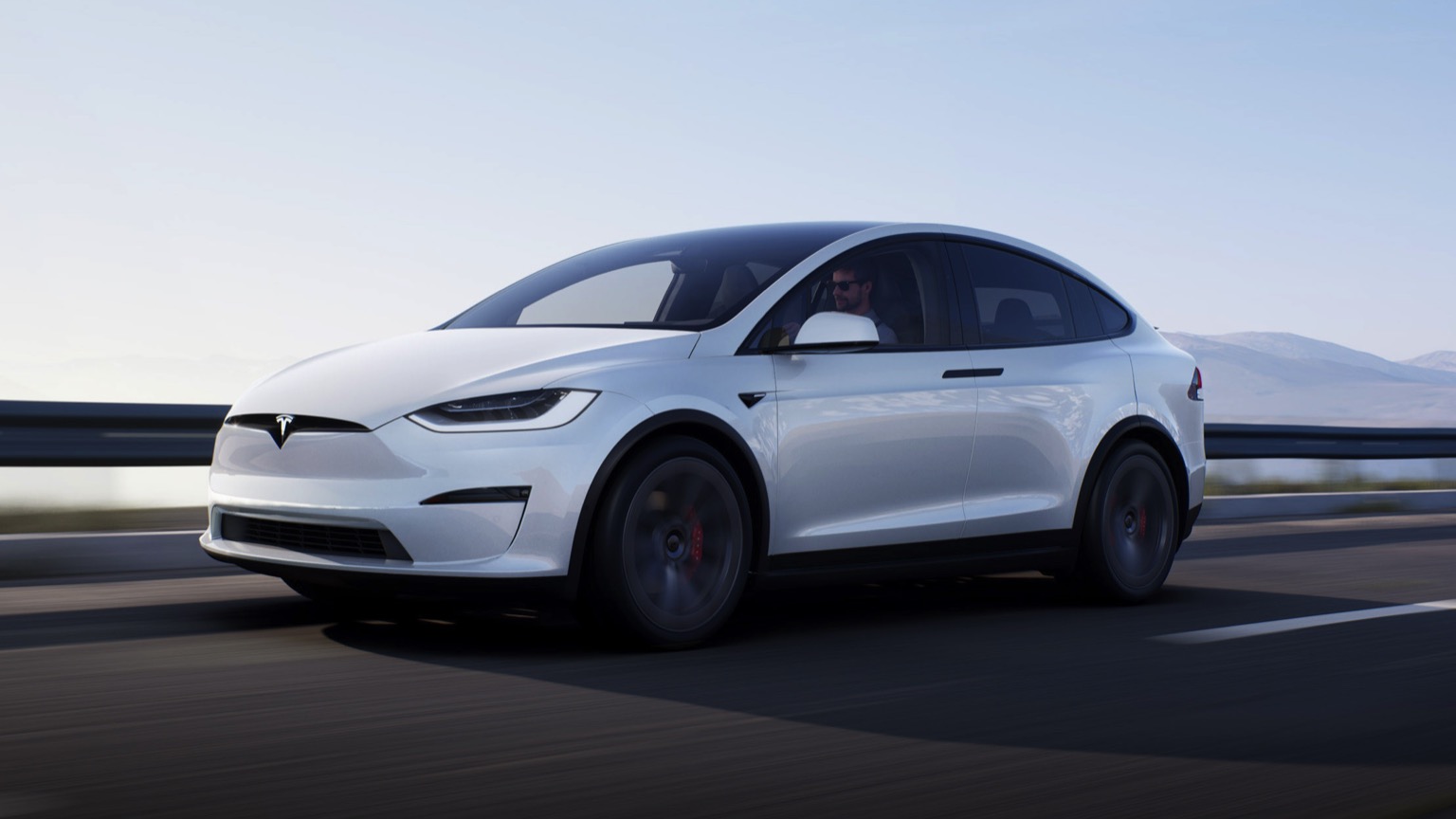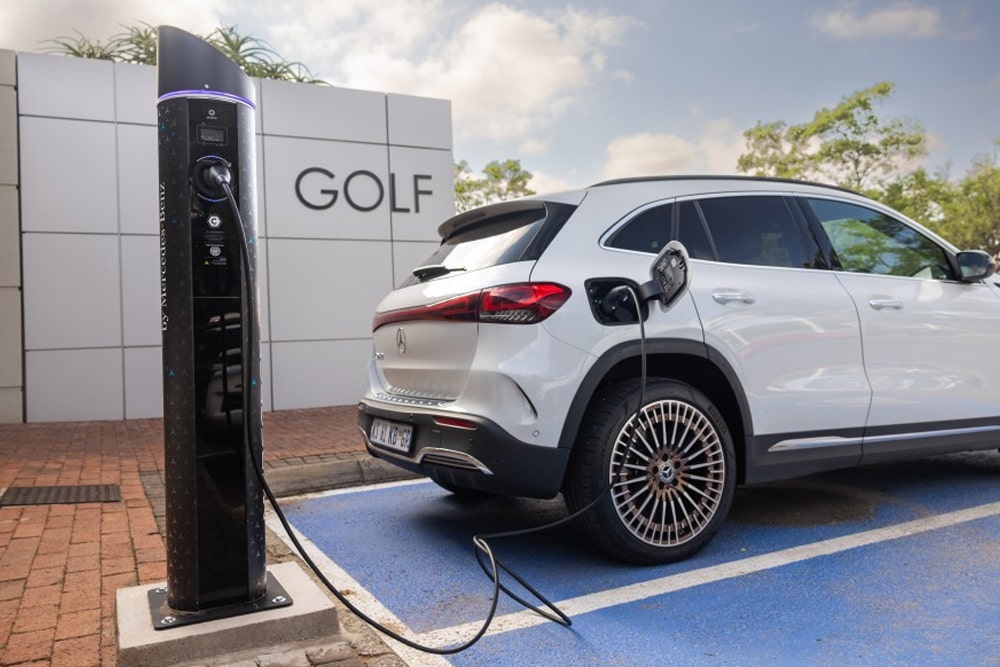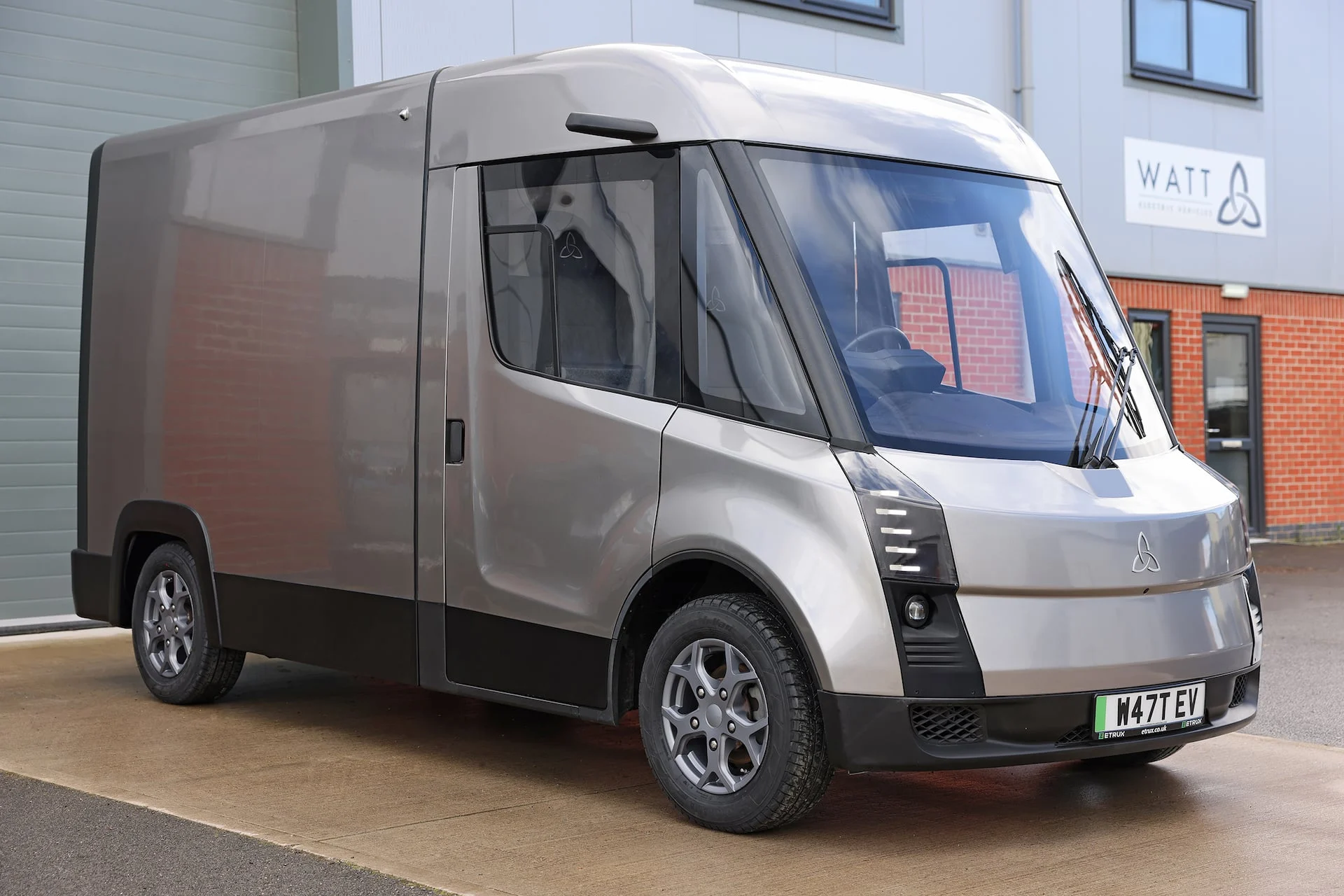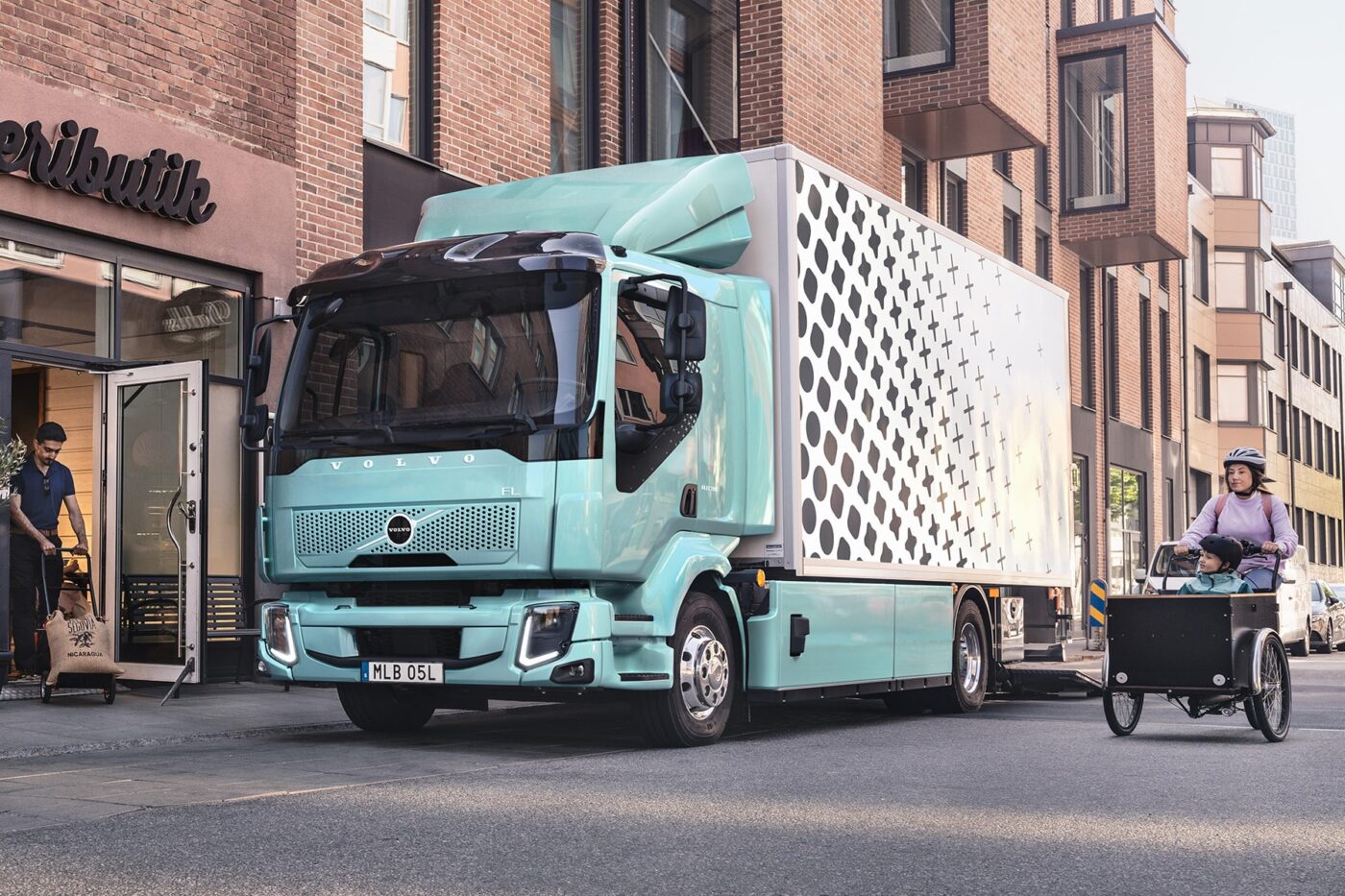Tesla, a leading force in the electric vehicle (EV) market, is intensifying efforts to refine its range prediction tools, underscoring the significance of precise range estimates to alleviate concerns associated with range anxiety. In a recent disclosure on Tesla North America’s X platform (formerly Twitter), the company detailed an extensive list of factors considered by its navigation system when calculating driving routes and projecting the battery percentage upon arrival.
The comprehensive list encompasses a spectrum of factors, ranging from apparent considerations to subtler variables influencing driving range accuracy. Noteworthy factors in the “obvious” category include the initial battery state of charge, initial battery temperature, battery preconditioning, gross combined vehicle weight, aerodynamic drag coefficient, and vehicle-specific energy consumption. The latter element acknowledges that external additions, such as a mounted bike rack, can impact the vehicle’s range.
Your car does the math for you.
When calculating a route & battery % on arrival, Tesla navigation takes into account:
– Wind speed & direction
– Elevation/grade
– Traffic speed
– Avg acceleration/deceleration
– Ambient temperature
– Humidity & pressure
– Solar load & cloud… https://t.co/nTDJczTthu pic.twitter.com/gbt6PCFIH7— Tesla North America (@tesla_na) November 14, 2023
Continuing into the journey, Tesla accounts for factors requiring ongoing consideration, such as wind speed and direction, ambient temperature, elevation/grade, traffic speed, average acceleration/deceleration (interpreted as driving style), rolling resistance, and HVAC consumption.
Beyond the conventional variables, Tesla delves into less apparent factors, emphasizing the company’s commitment to a meticulous approach. These include humidity and pressure, as well as solar load and cloud cover, reflecting Tesla’s recognition of atmospheric conditions as influential in range predictions.
Notably absent from the list are factors like tire pressure/tire condition and road surface, which could be implicitly grouped under the broader category of “rolling resistance.”
Tesla’s disclosure aims to enhance transparency and build confidence in its EV technology by showcasing the breadth of considerations involved in generating accurate range estimates. As electric vehicles continue to gain traction, addressing concerns related to real-world range performance becomes pivotal for widespread consumer trust.







